The 2004–09 Ferrari F430, once overshadowed, is a worthy future classic
Some Ferraris we recall instantly. If I say “308 GTS” to you, an image of Thomas Magnum sliding his 308 away from the camera will already be in your head. If I say “458 Italia” or “550 Maranello” you won’t dawdle for a moment to recall either the cars I’m referring to, or their position in the Ferrari chronology. But the F430? I’m willing to bet that a few of you might be struggling to place it. A V-8 from the not too dim and distant past, yes, but from when, exactly?
It’s entirely understandable. Perhaps because they’re not stand-out beauties, or they failed to break new speed records, but some Ferraris just don’t loom quite so large as others. And of all Ferraris of recent times, the 2005–09 F430 is that car. Its immediate predecessor, the 360 Modena of 1999–2004, stood out because it was not only gorgeous but also for being Ferrari’s first aluminum-spaceframe mid-engined production car, breaking a lineage that ran all the way back to the Dino 206 GT of 1967. And the F430’s successor, the 458, was one of the most beautiful Ferraris of all time, powered by its final naturally aspirated V-8—a landmark. The F430? Not so much.
The car was a derivative of the 360 in the same way that the F355 had sprung from the loins of the 348tb. It looked good, but not great, particularly with the benefit of hindsight when you saw the cars between which it got sandwiched. It felt like a stopgap, a credible Ferrari for sure, but one intended to extend the life of the 360 design before something proper came along.
Of course, none of this takes into account the one thing that should matter most when considering a Ferrari: What’s the F430 like to drive?
People like me are fond of pointing out the utter transformation wrought by the F355 over the 348tb, turning the worst car in its category into the best, but the truth is that the leap the F430 took over the 360 Modena was a little less dramatic. Perhaps the F430’s most important asset was its engine, the first genuinely new V-8 since that used in the 308 GT4 launched in 1974. The new engine raised power from 395 hp to 483 hp, providing a completely different level of performance. The 430 also had Ferrari’s first electronically controlled differential and was the first to use the now-famous “manettino” controller. And, it was the final mid-engined Ferrari to offer a manual gearbox, though fewer than 10 percent were ordered as such. Now, three-pedal examples come with an eye-watering premium to say the least; Hagerty valuation data indicates that a factory-original manual F430s are worth double the cost of automatics, on average. ($302,000 vs. $146,000 for an Excellent-condition 2007 model.)
On the road, the F430 was not just quicker than the 360 Modena, which is only to be expected; it was so much easier to drive, too. The successor car not only had far more power, but much more mid-range torque, so you weren’t always hunting for revs to make it perform. And while the F1 paddle-shift gearbox was still a robotic manual rather than a proper dual-clutch, it had come a long way since its early days in the F355 and 360 Modena.
The F430’s adaptive damping produced genuinely excellent ride quality and, best of all, the unsettled feel of the 360 Modena when turning into a fast corner had been entirely eradicated. Through modifications to the suspension and, in particular, its aerodynamics, the F430 was a far more stable, safe, and rewarding car to drive at the limit.
There was something else, too. The F430 came at a time when Ferrari was going through one of those very occasional periods when its product was not up to the brand’s usual standard. Few thought the 575 Maranello a worthy successor to the 550, while the 612 Scaglietti, though effective, was large and less than lovely to drive. The F430, by contrast, marked a turning point, replacing the important-but-imperfect 360 Modena as, in time, would the 599 GTB and FF replace the 575 and 612. All were far better cars than those that had gone immediately before.

I remember traveling to Italy to drive the F430 for the very first time and coming away with feelings, more than anything else, of relief. The new V-8 had already been seen in Maseratis, but once breathed on by Ferrari and fitted with a 180-degree flat-plane crankshaft, it felt and behaved like the brand-new engine it effectively was. The car was so crisp and sharp it was hard to believe it shared so much—structure, roof, doors, glass, and basic suspension layout—with the 360 Modena. It didn’t just look different, it felt completely different, too. Little did I know at the time that the F430 would be replaced by a monumental car like the 458 Italia, one of Ferrari’s greatest-ever road cars, and then live in its shadow ever since.
***
Check out the Hagerty Media homepage so you don’t miss a single story, or better yet, bookmark it. To get our best stories delivered right to your inbox, subscribe to our newsletters.

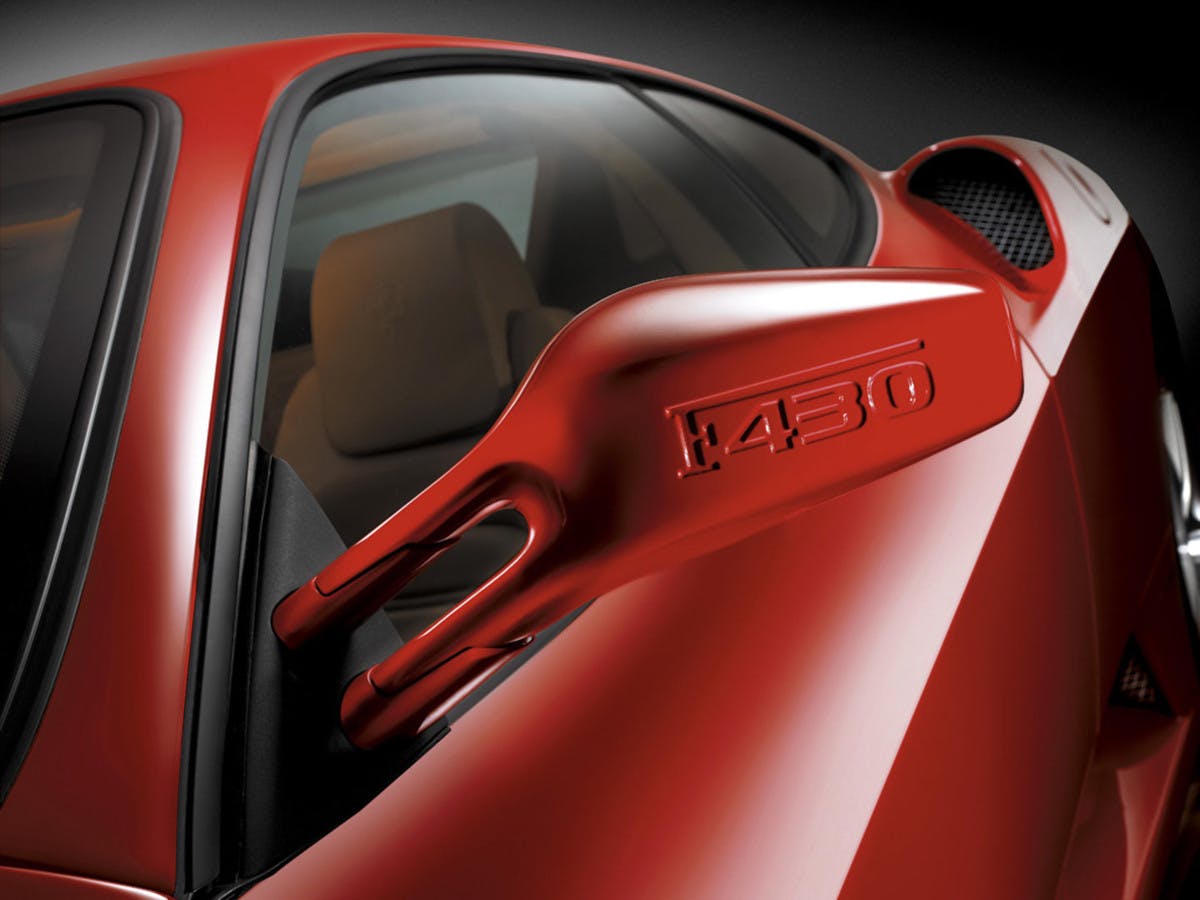
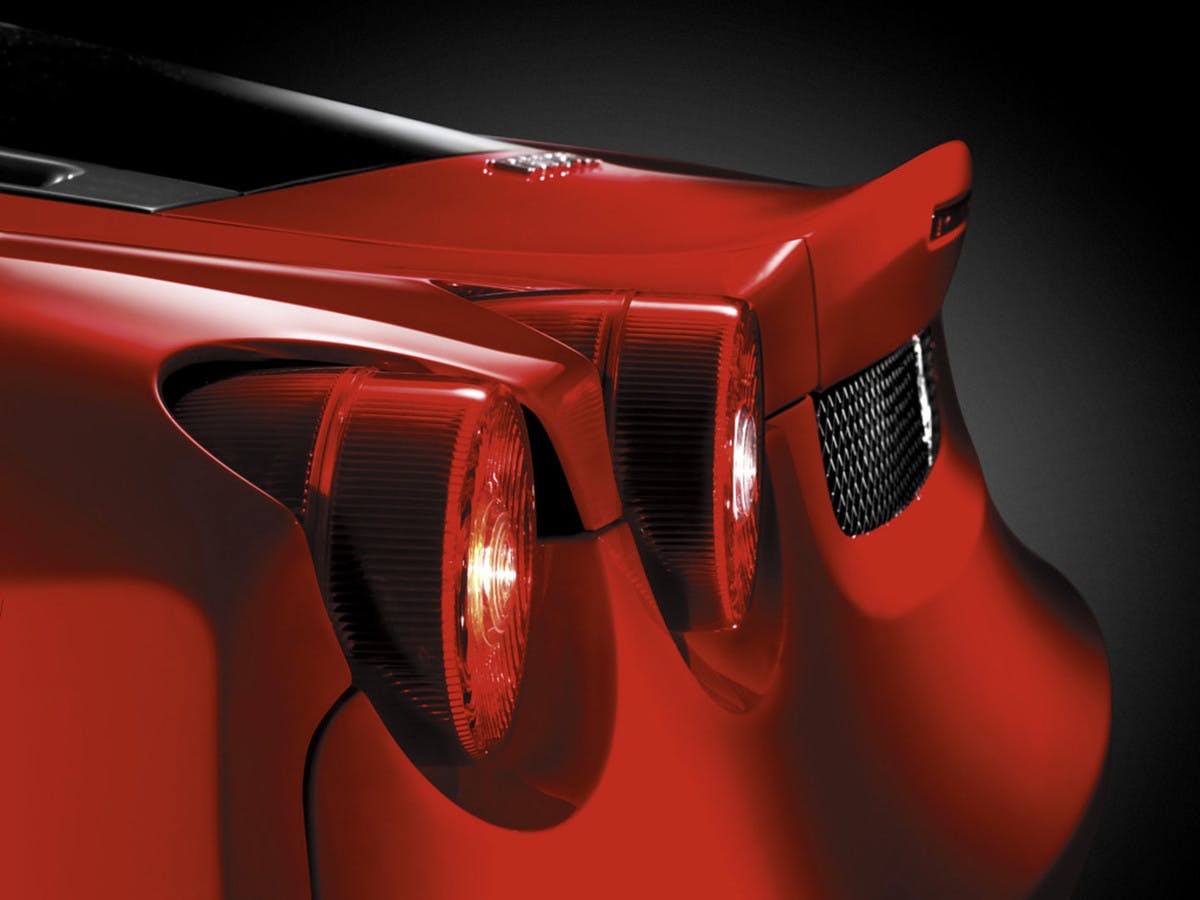
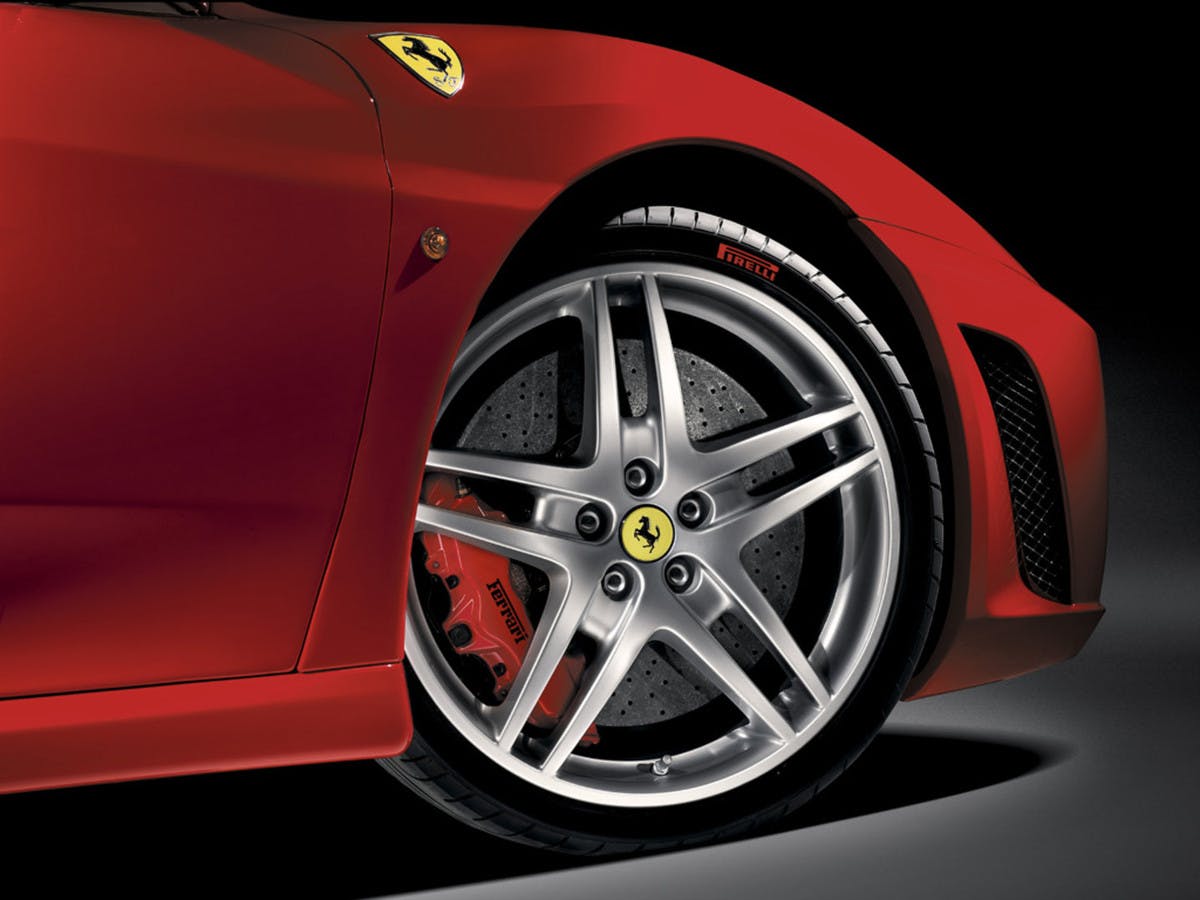
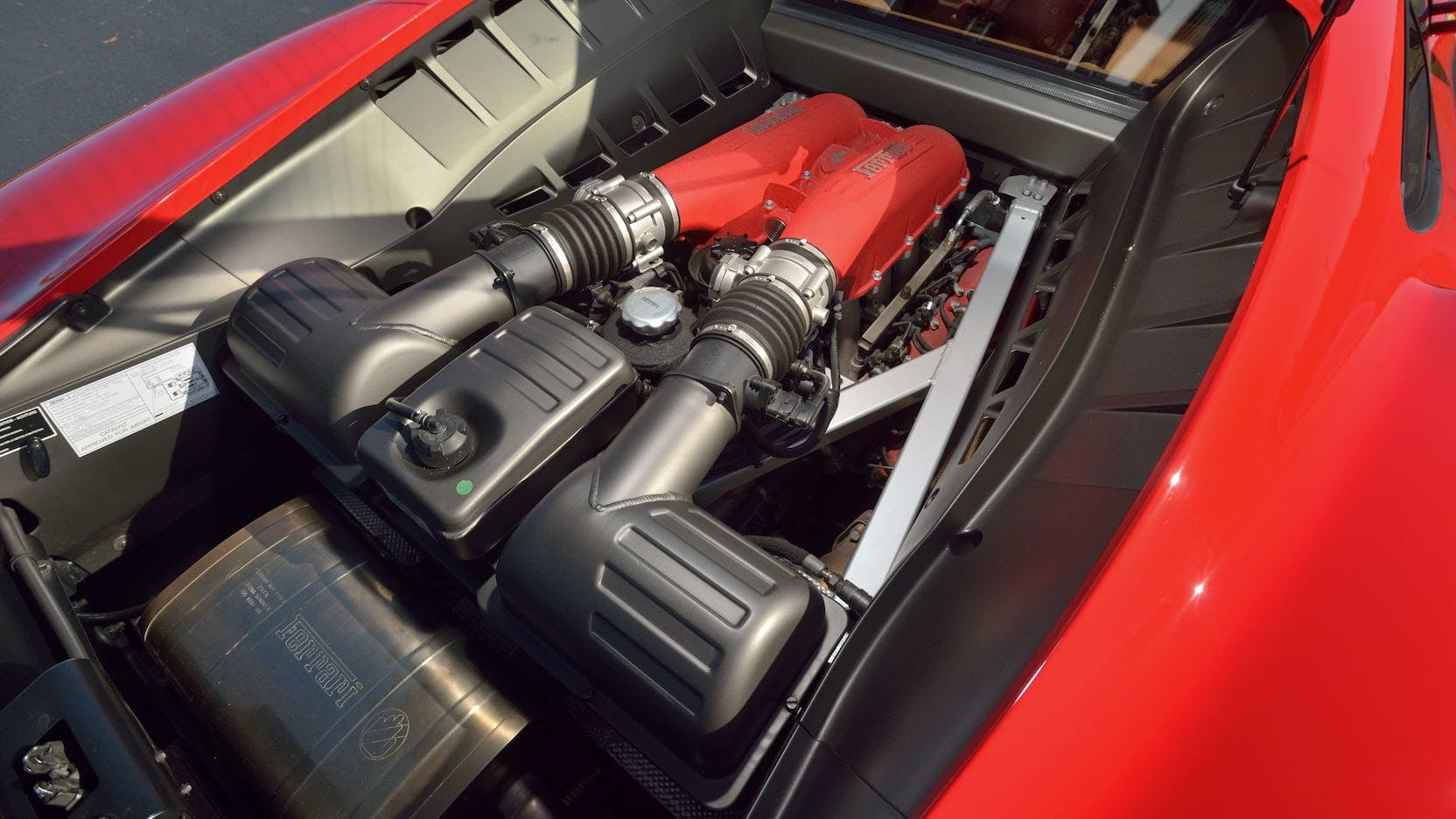
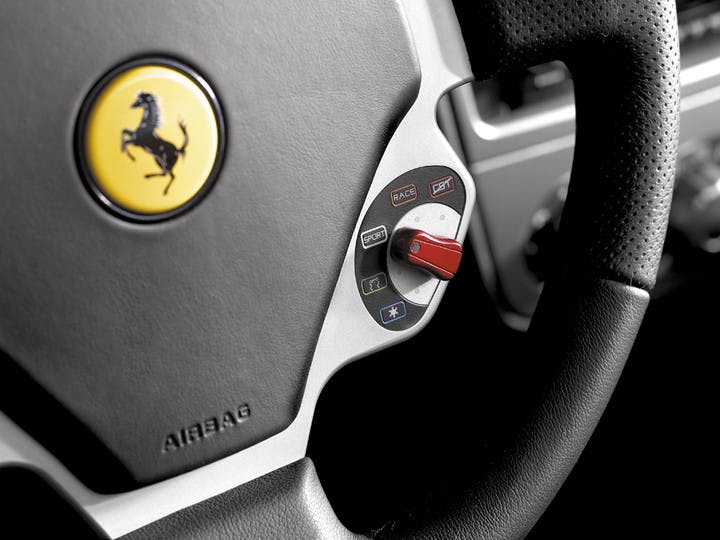
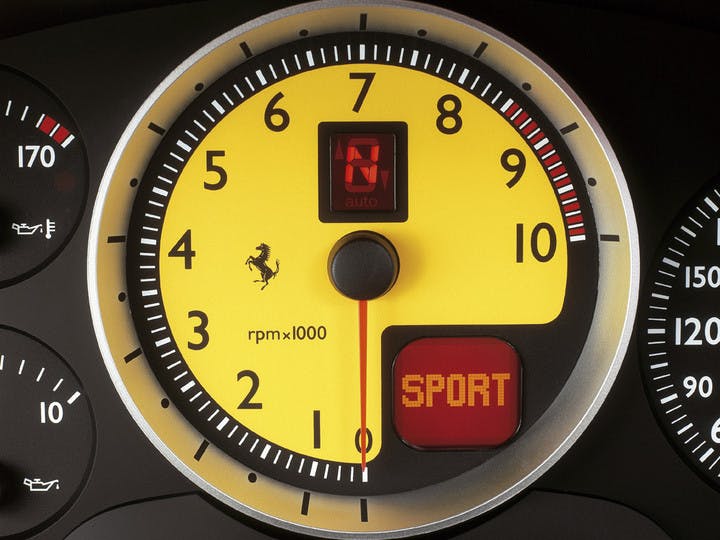
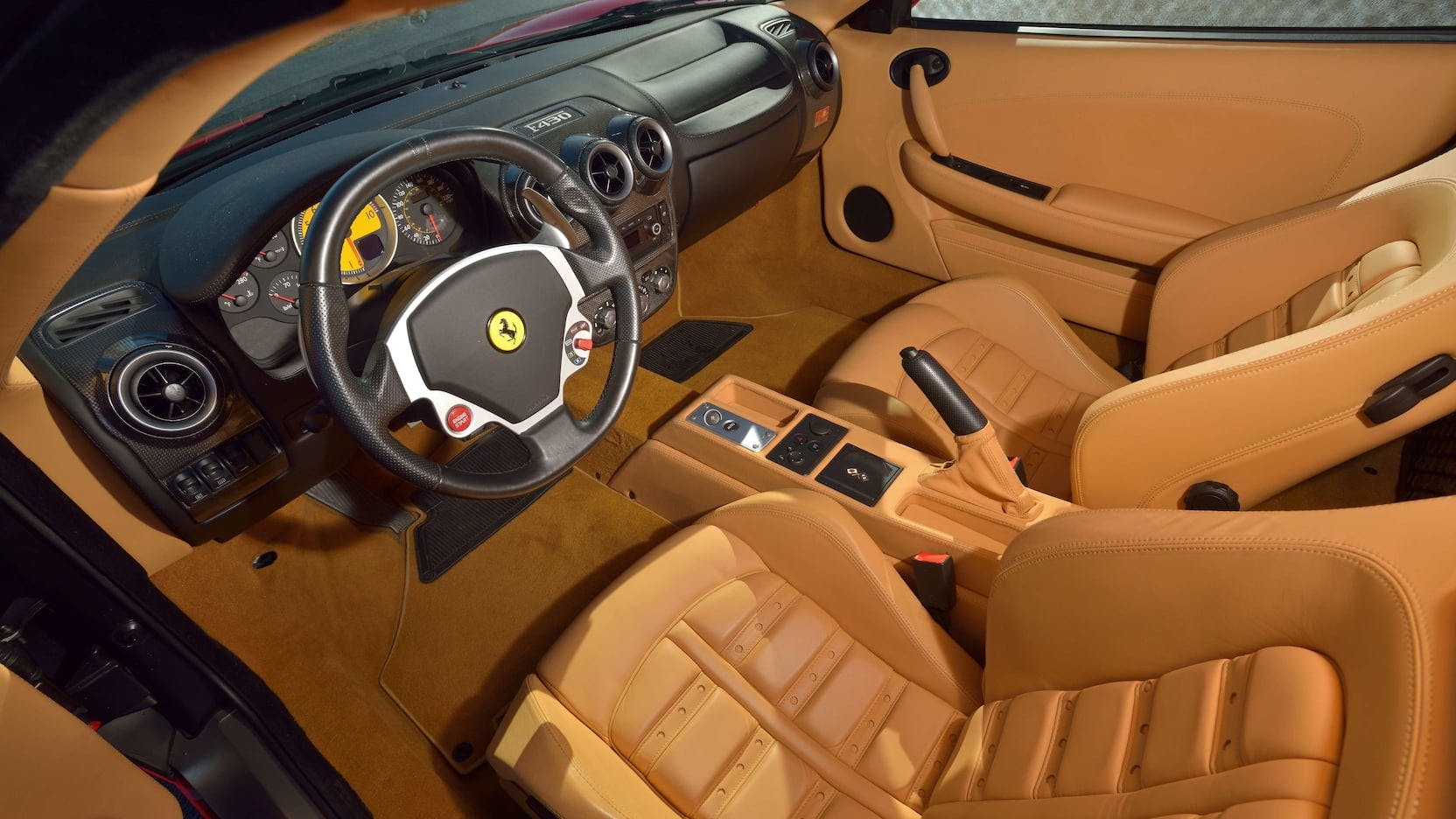
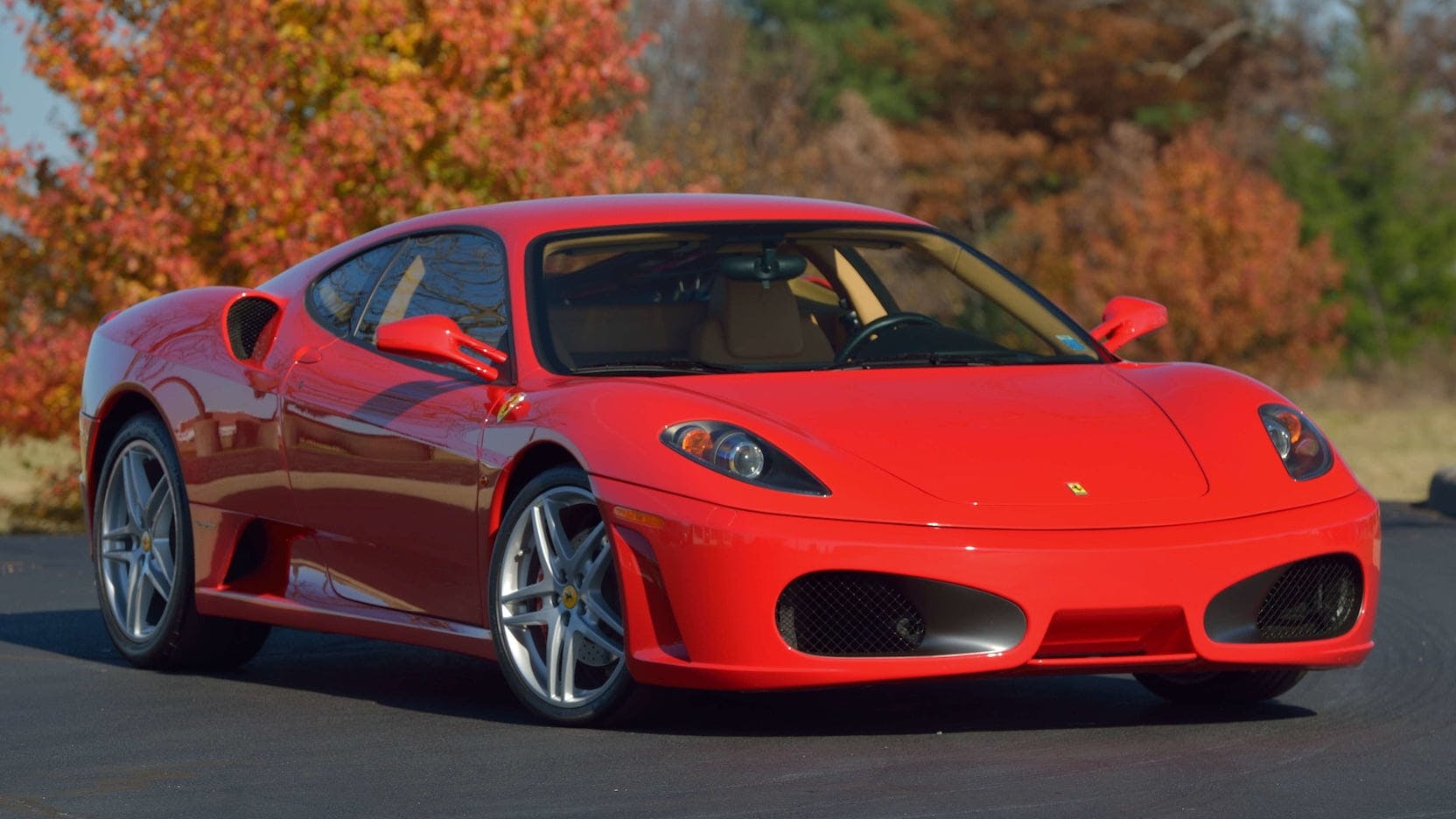

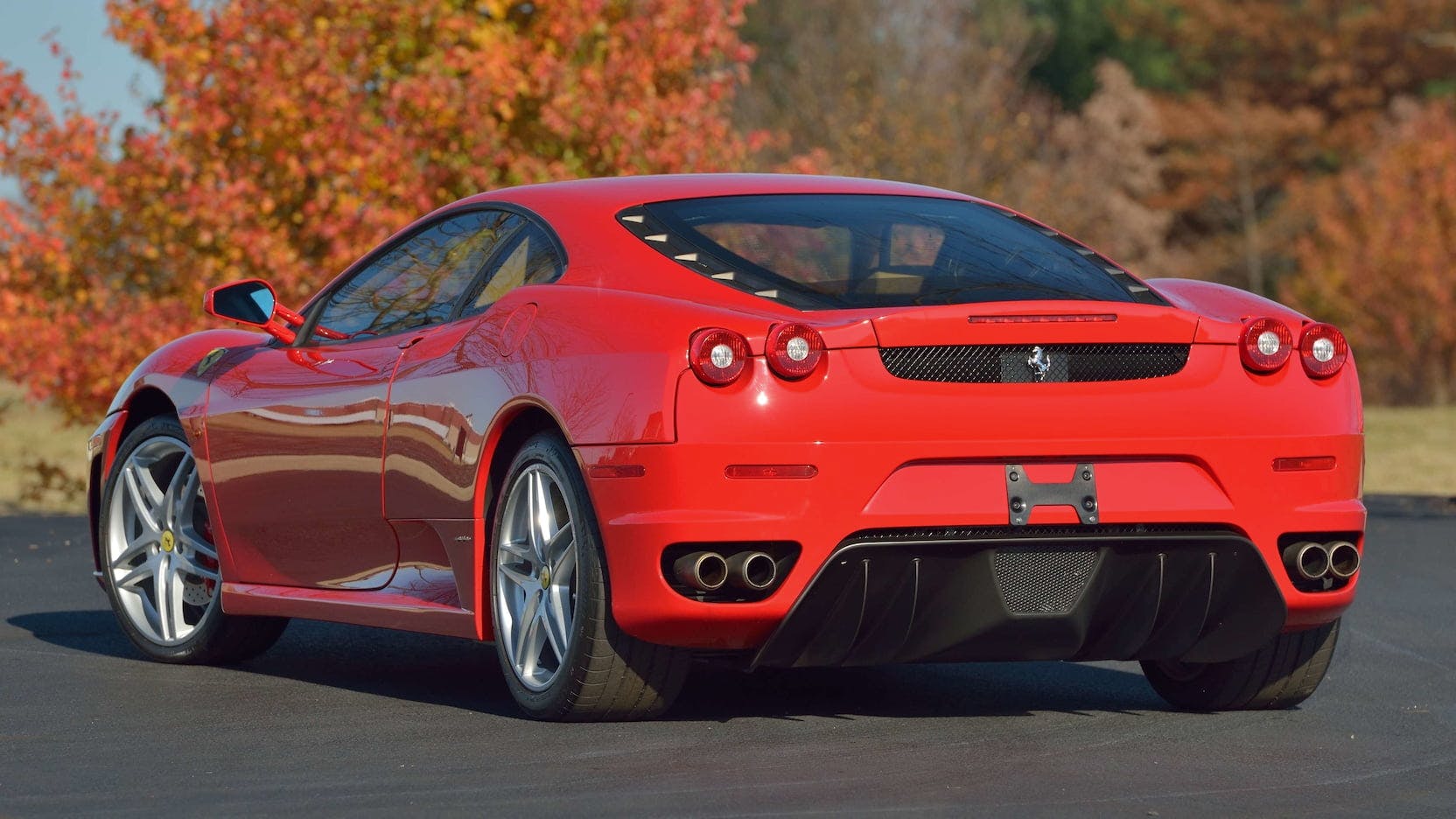
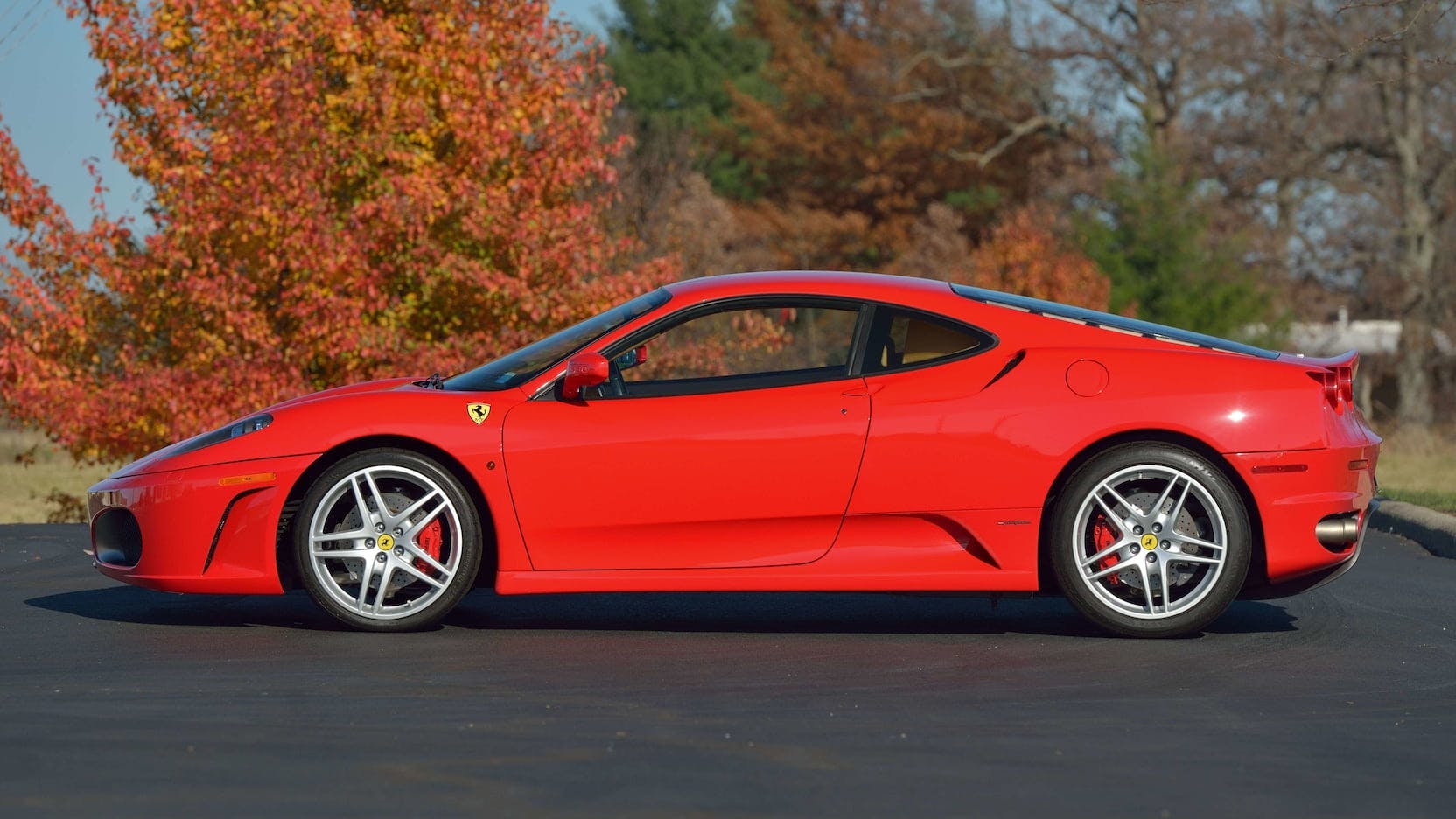
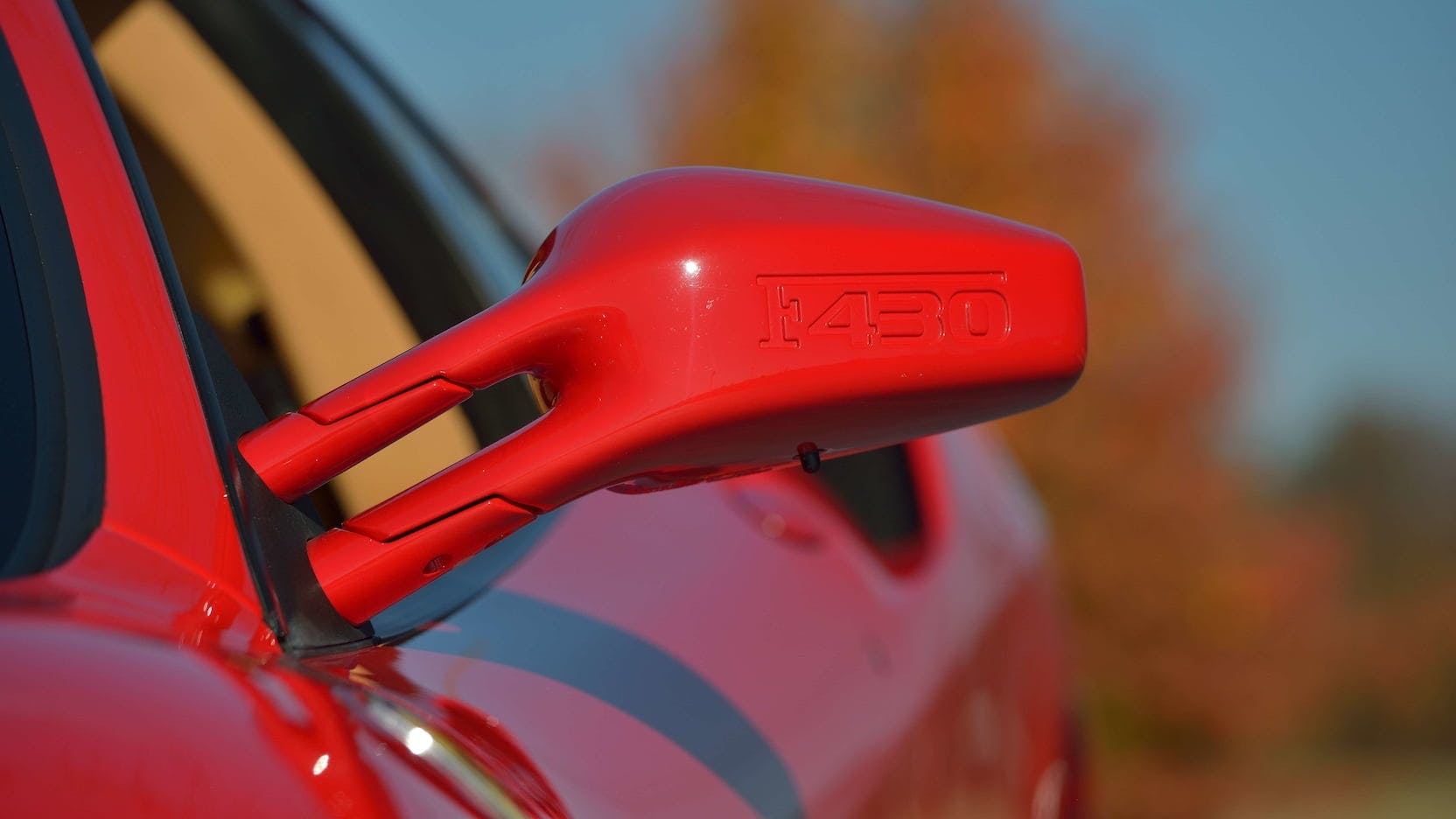
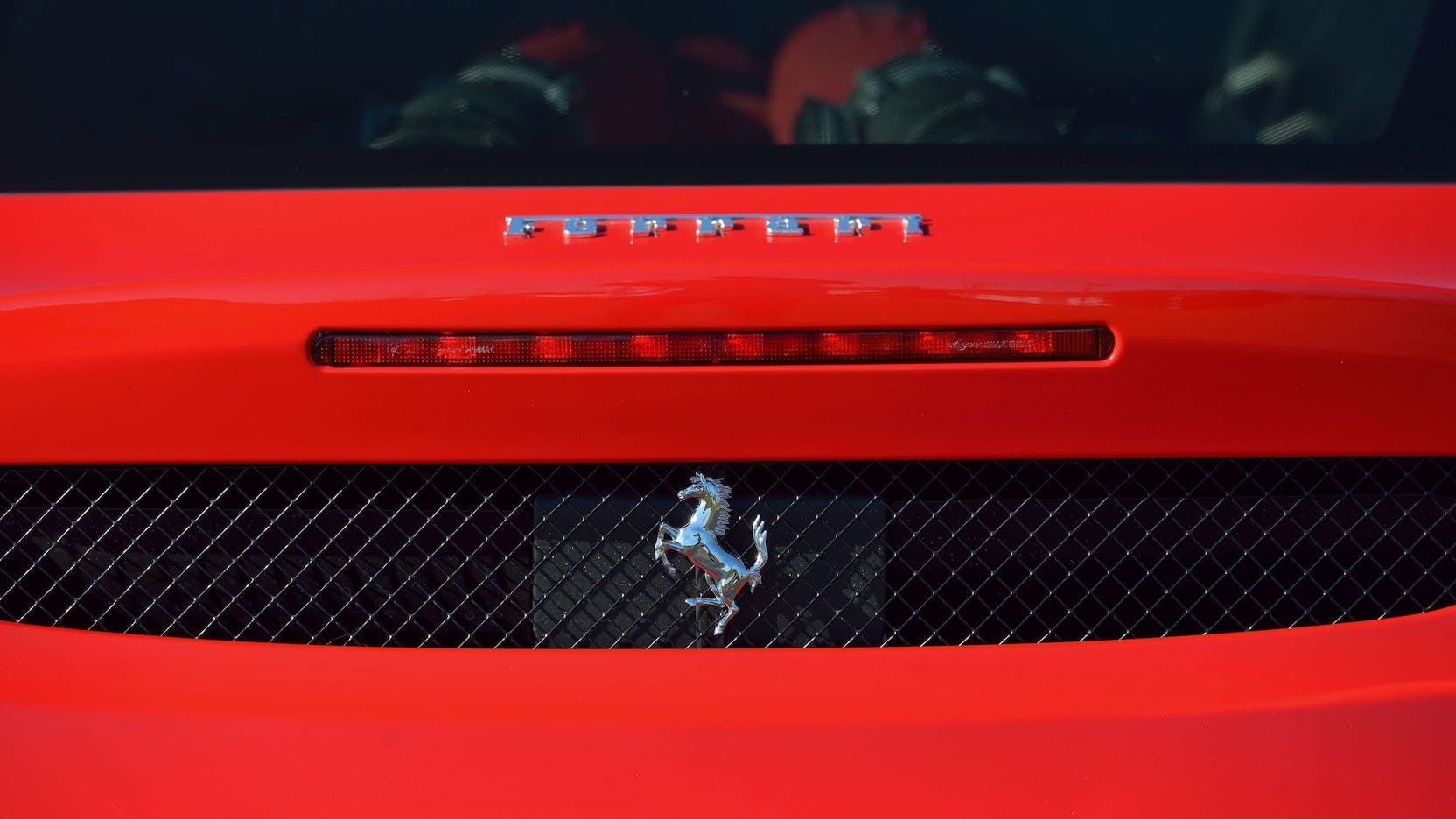

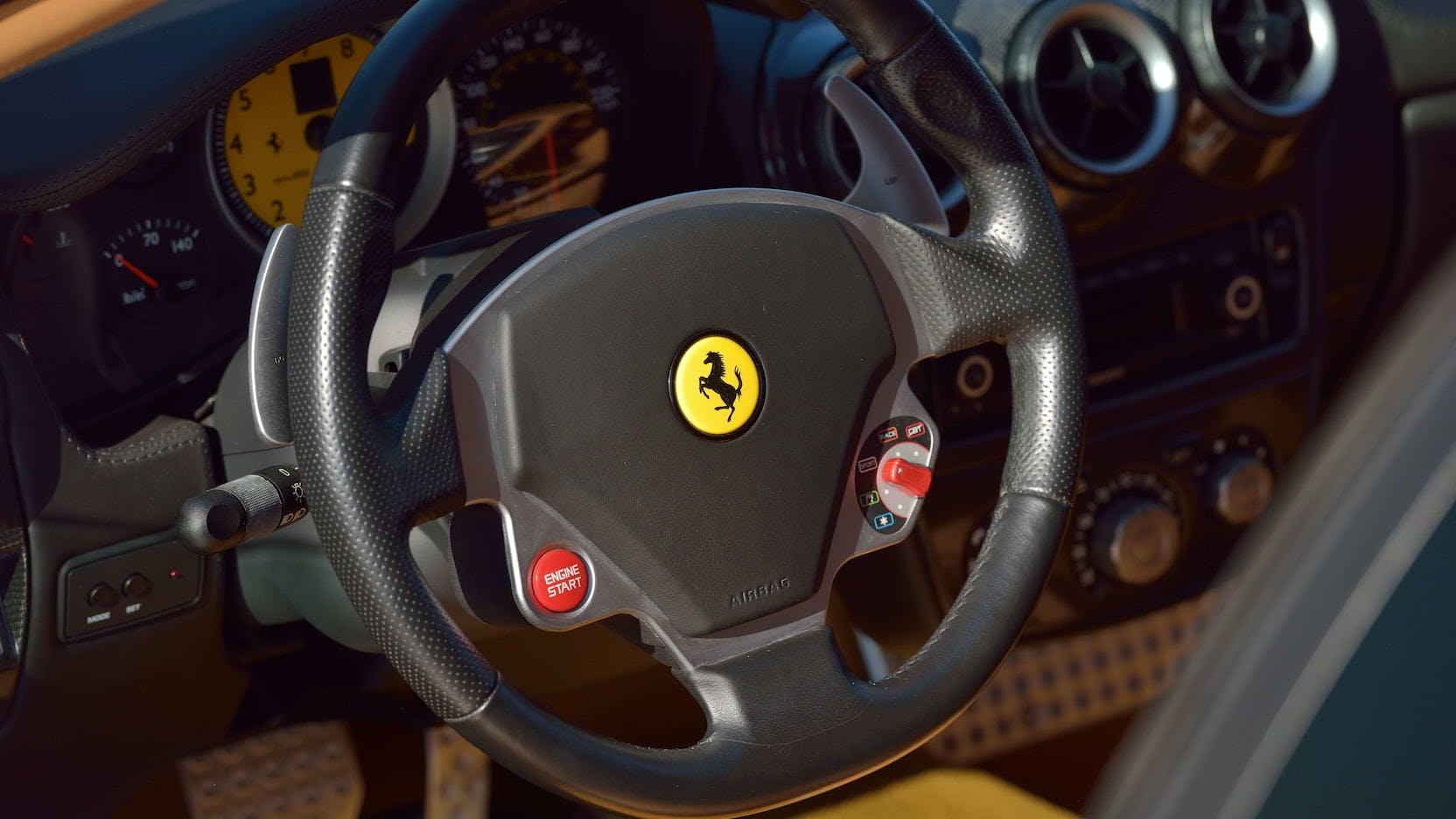

To say the 430 isn’t a stand out beauty is unfair, I find the 430, especially the spider to be absolutely exquisite. It’s performance although not earth shadering when compared to a world of 700 hp cars on the market today is certainly exellerating. It’s exhaust note alone is enough to get you excited, it has a rawness about it that connects you to the road. At the end of the day there is a reason Baskin Robin’s makes 31 flavors, we all like what we like.
I must be in the minority I guess, because I think the 430 is much better looking than the 458, 488, or F8. Much more graceful and less boy-racery.
Heb reeds 10 jaar een f430 spider, is wel duur in onderhoud zeker als er iets stuk gaat. Maar ik heb de 458 en 488 gereden maar kom toch terug naar mijn f430. Modern maar toch hier en daar nog een tintje nostalgie van vroeger dit terwijl vooral de 488 echt een moderne auto is. Vooral ook het glas boven de motor waardoor je de motor nog kunt zien en het feit dat die nog een stoffen kap heeft maakt van de auto een meesterwerk. De lamborghini huracan heeft heden nog wel een stoffen kap en dat maakt een sportwagen zo mooi.